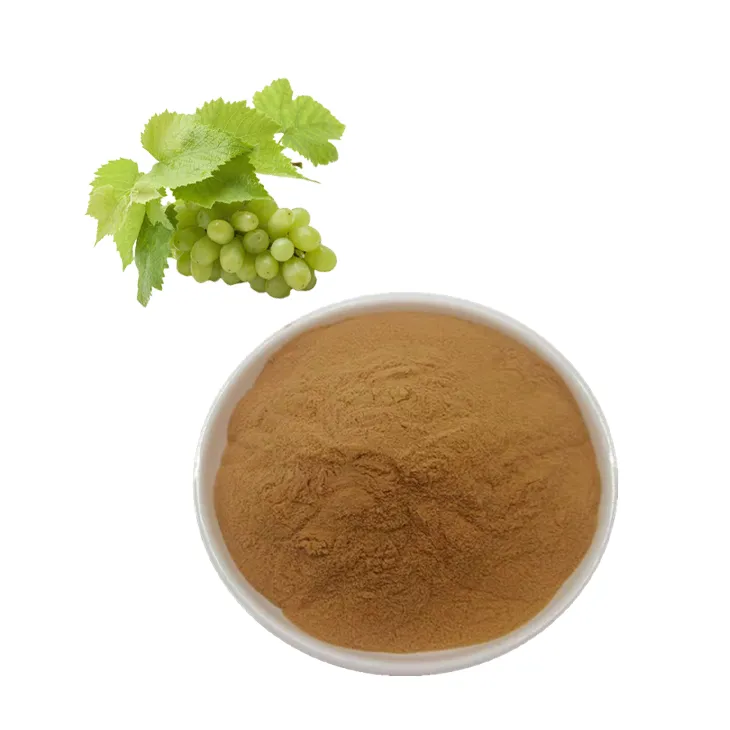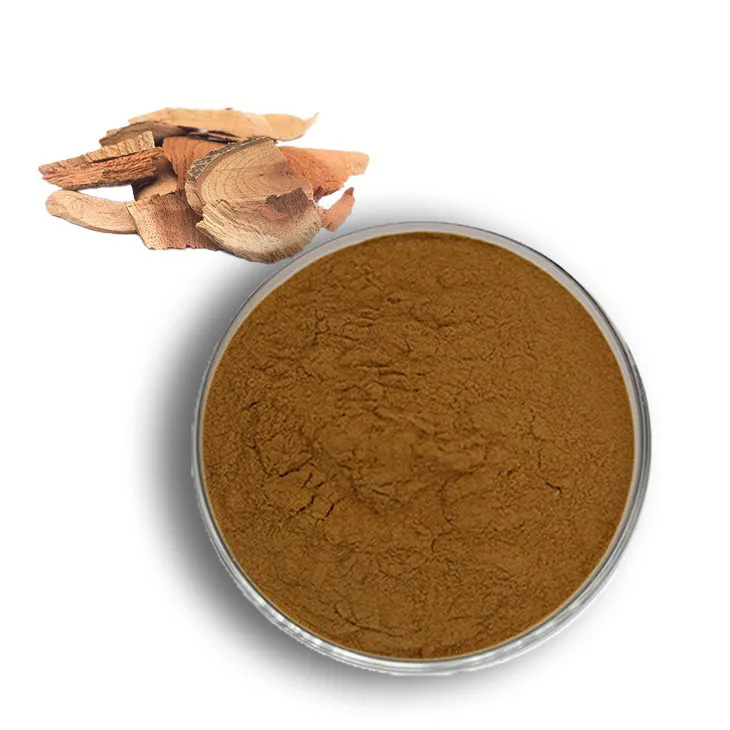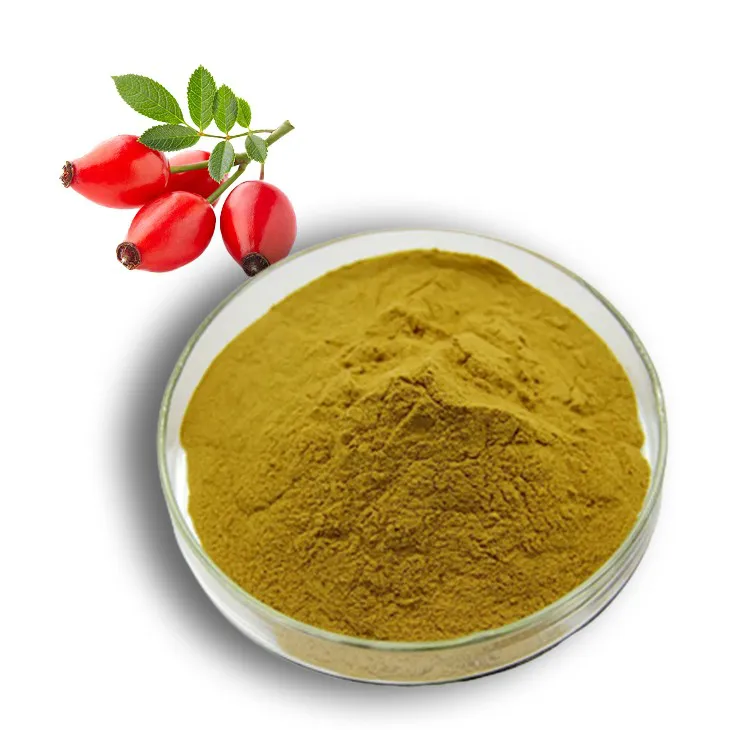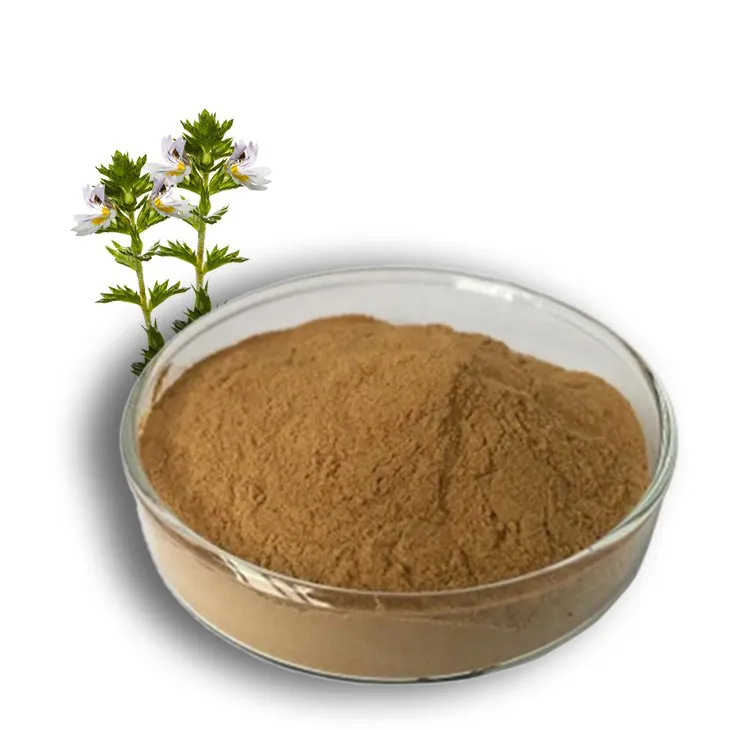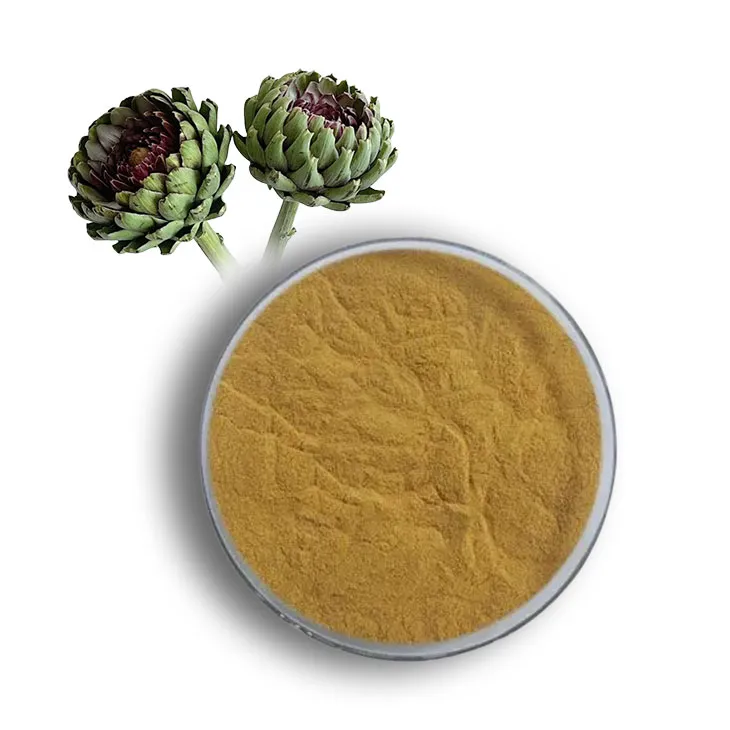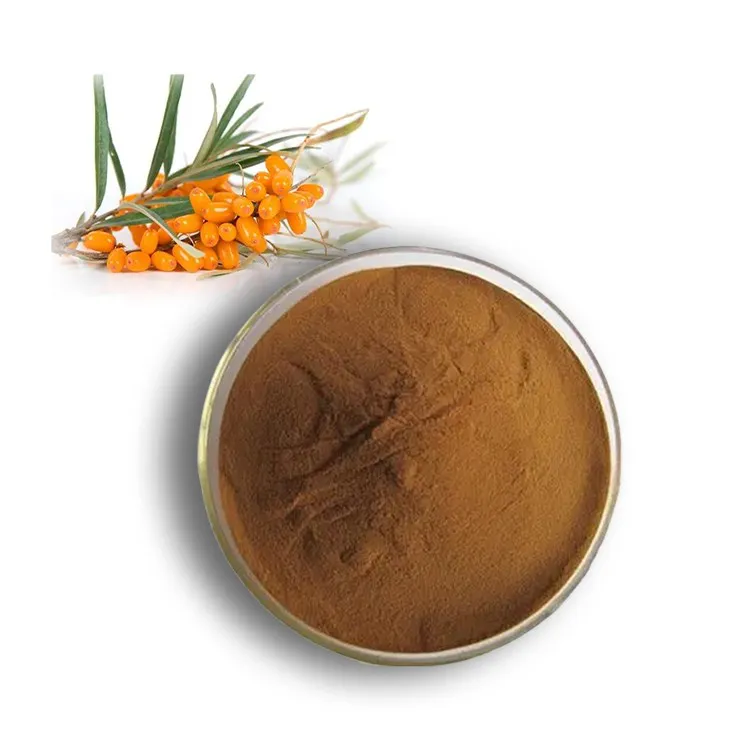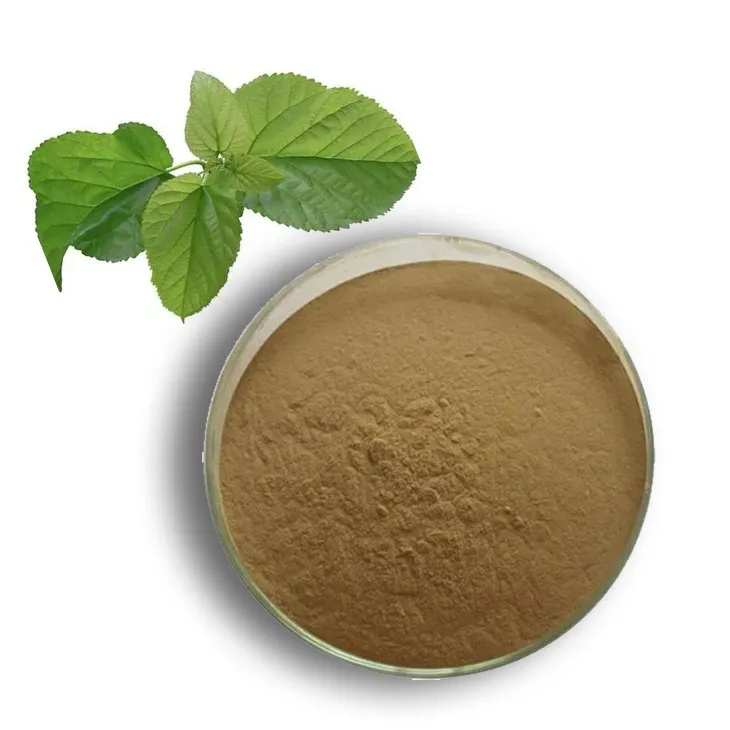- 0086-571-85302990
- sales@greenskybio.com
Optimal Bioavailability of Rutin.
2024-11-30
1. Introduction
Rutin, a flavonoid that is widely distributed in nature, has been recognized for its numerous health - promoting properties. It is found in various plants, such as buckwheat, citrus fruits, and apples. These properties include antioxidant, anti - inflammatory, and anti - thrombotic effects, among others. However, the full potential of rutin can only be realized when its bioavailability is optimized. Bioavailability refers to the proportion of a drug or other substance that enters the circulation when introduced into the body and so is able to have an active effect. Understanding the factors that influence rutin's bioavailability is crucial for maximizing its therapeutic and health - promoting benefits.
2. Rutin's Chemical Structure and Properties
Rutin has a complex chemical structure, consisting of a Quercetin moiety and a rutinose sugar. This structure endows it with certain physicochemical properties that can affect its bioavailability. For example, its relatively large molecular size and hydrophilic nature can pose challenges for its absorption across biological membranes. Additionally, rutin is sensitive to factors such as pH and enzymatic degradation in the gastrointestinal tract, which can further impact its availability for absorption.
3. Factors Influencing Rutin's Bioavailability
3.1. Formulation
The way rutin is formulated can significantly affect its bioavailability. Nano - formulations have emerged as a promising approach. By reducing the particle size of rutin to the nanoscale, the surface area available for interaction with biological membranes is increased. This can enhance its absorption. For example, nano - encapsulated rutin has been shown to have improved dissolution properties compared to its free form. Another aspect of formulation is the use of prodrugs. A prodrug is a pharmacological substance (drug) that is administered in an inactive (or significantly less active) form. Once inside the body, it is metabolized into its active form. In the case of rutin, prodrug formulations can be designed to improve its stability during passage through the gastrointestinal tract and enhance its subsequent absorption.
3.2. Delivery Methods
- Oral Delivery: This is the most common route of administration for rutin. However, there are several challenges associated with oral delivery. As mentioned earlier, rutin is susceptible to degradation in the acidic environment of the stomach. To overcome this, enteric - coated formulations can be used. These coatings prevent the release of rutin in the stomach and ensure its release in the more alkaline environment of the small intestine, where absorption is more favorable.
- Transdermal Delivery: Transdermal delivery of rutin offers an alternative route that can bypass the gastrointestinal tract. However, the skin's barrier function presents a significant hurdle. To improve transdermal delivery, techniques such as the use of penetration enhancers can be employed. These enhancers can disrupt the lipid bilayer structure of the skin, allowing rutin to penetrate more effectively.
- Parenteral Delivery: This includes routes such as intravenous, intramuscular, and subcutaneous injection. Parenteral delivery ensures that rutin directly enters the systemic circulation, bypassing the first - pass metabolism in the liver. However, it is more invasive and requires proper medical facilities and expertise.
3.3. Interaction with the Body's Physiological Processes
- Absorption: Rutin absorption occurs mainly in the small intestine. The presence of certain transporters, such as glucose transporters, can play a role in its absorption. However, competition with other substances for these transporters can limit rutin's absorption. For example, if there is a high concentration of glucose in the intestinal lumen, it may compete with rutin for glucose transporters, reducing rutin's uptake.
- Metabolism: Once absorbed, rutin undergoes metabolism in the body. Enzymes in the liver and intestine can metabolize rutin into various metabolites. Some of these metabolites may retain the biological activity of rutin, while others may be less active or even inactive. The activity of these enzymes can be influenced by factors such as diet, genetics, and drug - drug interactions. For instance, certain drugs may induce or inhibit the enzymes responsible for rutin metabolism, thereby affecting its bioavailability.
- Excretion: The rate of rutin excretion also affects its bioavailability. If rutin is rapidly excreted from the body, its overall availability for exerting its biological effects will be limited. Renal excretion is one of the main routes of rutin elimination. Factors such as kidney function and the presence of substances that can affect renal reabsorption can influence rutin's excretion rate.
4. Strategies to Maximize Rutin's Bioavailability
- Combination with Other Substances: Combining rutin with certain substances can enhance its bioavailability. For example, some studies have shown that co - administration of rutin with vitamin C can improve its absorption. Vitamin C can act as an antioxidant and protect rutin from oxidative degradation in the gastrointestinal tract. Additionally, certain lipids can be used to form lipid - based formulations with rutin. These lipid - based formulations can enhance the solubility of rutin and improve its absorption through the lymphatic system, bypassing the first - pass metabolism in the liver.
- Optimizing the Formulation and Delivery System: As discussed earlier, using nano - formulations, prodrugs, and appropriate delivery methods can significantly enhance rutin's bioavailability. Continued research in this area is needed to develop more efficient and targeted formulations and delivery systems for rutin.
- Personalized Approaches: Given the influence of factors such as genetics and diet on rutin's bioavailability, personalized approaches may be necessary. For example, individuals with certain genetic polymorphisms may have different enzyme activities related to rutin metabolism. Understanding an individual's genetic profile can help in tailoring the dosage and formulation of rutin to optimize its bioavailability for that particular individual.
5. Conclusion
Rutin has great potential as a natural compound with various health - promoting properties. However, to fully realize this potential, its bioavailability needs to be optimized. By understanding the factors that influence its bioavailability, such as formulation, delivery methods, and interaction with the body's physiological processes, and by implementing strategies to maximize it, we can harness the full benefits of rutin. Future research should focus on further exploring novel formulations, delivery systems, and personalized approaches to ensure that rutin can be effectively utilized in the prevention and treatment of various diseases.
FAQ:
What is rutin?
Rutin is a flavonoid that is known for its various health - promoting properties. It can be found in many plants such as buckwheat, citrus fruits, and apples.
Why is bioavailability important for rutin?
Bioavailability determines how much of the rutin can be effectively absorbed and utilized by the body. If the bioavailability is low, the potential health benefits may not be fully realized. Maximizing bioavailability allows for the full exploitation of rutin's diverse positive effects on health.
What are the factors influencing rutin's bioavailability?
Several factors influence rutin's bioavailability. Formulation plays a role; for example, different forms of rutin supplements may have different absorption rates. Delivery methods also matter. Additionally, its interaction with the body's physiological processes, such as digestion and metabolism, can impact how much rutin is available for the body to use.
How can formulation affect rutin's bioavailability?
The formulation of rutin can significantly affect its bioavailability. For instance, if rutin is in a form that is more easily dissolved in the gastrointestinal tract, it may be more readily absorbed. Some formulations may protect rutin from degradation during digestion, increasing the amount that can be absorbed into the bloodstream.
What are some delivery methods to enhance rutin's bioavailability?
There are several delivery methods that can enhance rutin's bioavailability. Nanoparticle - based delivery systems can improve the solubility and stability of rutin, facilitating its absorption. Liposomal delivery may also protect rutin and enhance its uptake by cells. Additionally, combining rutin with certain substances that enhance absorption, like some types of fats or specific carrier molecules, can be effective.
Related literature
- Enhancing the Bioavailability of Rutin: Current Strategies and Future Perspectives"
- "Bioavailability of Rutin: Influence of Food Matrix and Processing"
- "Rutin: Pharmacokinetics and Strategies to Improve Bioavailability"
- ▶ Hesperidin
- ▶ Citrus Bioflavonoids
- ▶ Plant Extract
- ▶ lycopene
- ▶ Diosmin
- ▶ Grape seed extract
- ▶ Sea buckthorn Juice Powder
- ▶ Fruit Juice Powder
- ▶ Hops Extract
- ▶ Artichoke Extract
- ▶ Mushroom extract
- ▶ Astaxanthin
- ▶ Green Tea Extract
- ▶ Curcumin
- ▶ Horse Chestnut Extract
- ▶ Other Product
- ▶ Boswellia Serrata Extract
- ▶ Resveratrol
- ▶ Marigold Extract
- ▶ Grape Leaf Extract
- ▶ New Product
- ▶ Aminolevulinic acid
- ▶ Cranberry Extract
- ▶ Red Yeast Rice
- ▶ Red Wine Extract
-
Grape Leaf Extract
2024-11-30
-
Sophora Japonica Flower Extract
2024-11-30
-
Thunder God Vine Extract
2024-11-30
-
Rose Hip Extract
2024-11-30
-
Hesperidin
2024-11-30
-
Yam Extract
2024-11-30
-
Eyebright Extract
2024-11-30
-
Artichoke Leaf Extract
2024-11-30
-
Buckthorn bark extract
2024-11-30
-
Mulberry leaf Extract
2024-11-30











